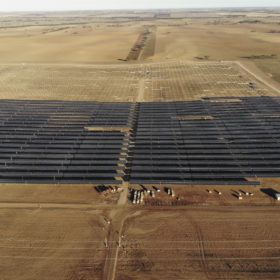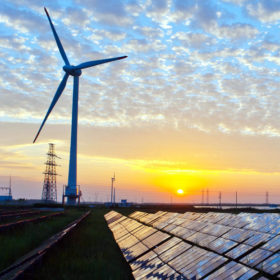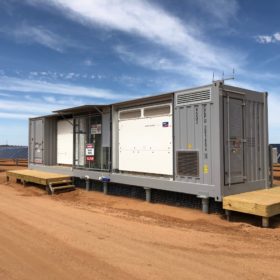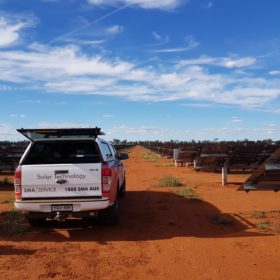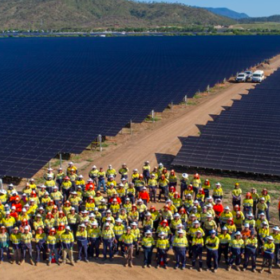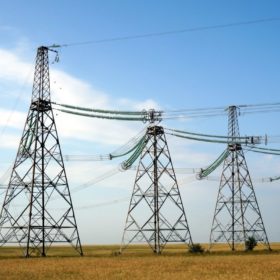South Australia’s constrained renewables to be unleashed as four new syncons spin into action
South Australia is a global hero for its demonstration of a rapid transition to renewable generation. But as renewables supplied more than 60% of the state’s electricity, and pushed out coal and even gas-fired generation, cracks appeared in the system strength and inertia required to keep the grid reliably running. ElectraNet has deployed old, clean-running technology — synchronous condensers — to smooth the gaps.
October’s QLD energy price spike ‘harbinger of things to come’
On Tuesday 13th October 2020 Queensland’s electricity spiked from approximately $25/MWh to $15,000/MWh (the current market price cap) in response to a tripping incident involving the constraint of 11 solar farms and one wind farm. The event is being seen as illustrative of just what needs to be addressed in the design of NEM 2.0.
Constraints lifted for five West Murray solar farms
In a major feat for the energy sector, the Australian Energy Market Operator (AEMO) has provisionally lifted generation constraints imposed on five solar farms in the West Murray Zone, following the successful testing of new tuned inverter settings this week.
Testing, testing … 5 West Murray solar farms to return to full throttle?
This week is crunch time for the testing of an SMA-devised solution to the system-strength issue that has kept five solar farms generating at half capacity for seven months. If successful, the fix has positive implications for connecting more solar in Victoria, Queensland, the Northern Territory and beyond.
AEMO declares system strength gap in North Queensland
Following the official declaration of a system strength shortfall in northern Queensland, transmission network service provider Powerlink will need to address the issue and ease the situation for three severely impacted renewable energy generators.
AEMO publishes final MLFs for 2020-21
The Australian Energy Market Operator’s final marginal loss factor report for 2020-21 provides some good news for operational large-scale solar projects delivering only smaller changes compared to those seen in preceding years. However, the reduced need for MLF adjustments came as a result of a slowdown in new project development and additional network constraints.
